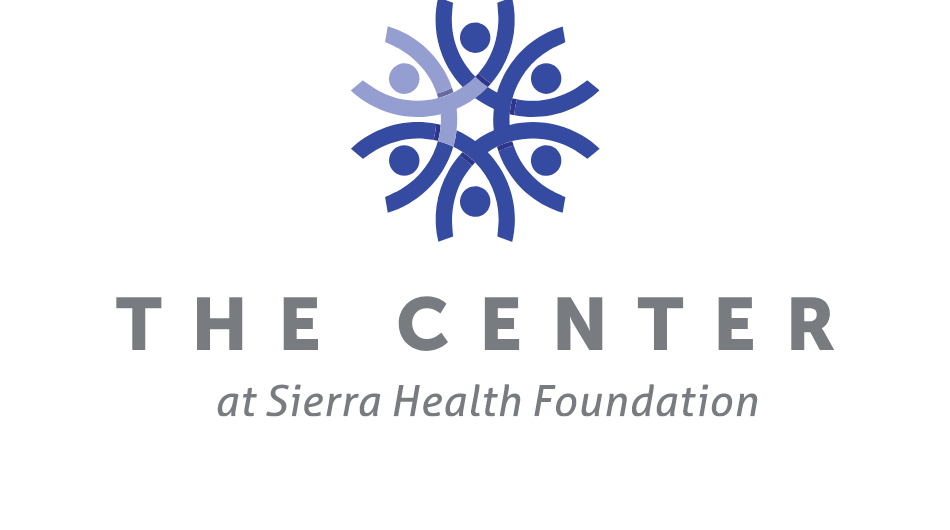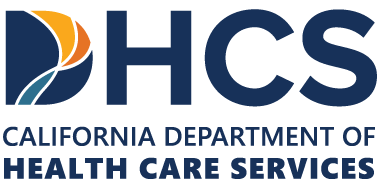About
The Center at Sierra Health Foundation’s Opioid Use Programs address the needs of communities disproportionately affected by opioid use disorders (OUDs) and substance use disorders (SUDs). The Center supports a statewide network of organizations focused on prevention, education, stigma reduction, harm reduction, treatment and recovery services through the MAT Access Points Project and State Opioid Funding program.
MAT Access Points Project
MAT Access Points Project funding is awarded through five current programs that deliver medications for addiction treatment (MAT), prevention and education, and harm reduction services to match specific geographic and community needs: Outreach and community education are key components of the work of grantee partners in two projects, one prioritizing communities of color and the other working directly with Two-Spirit (2S)/LGBTQIA+ populations. These partners are focusing on education through the experience, expertise and trust needed to support individuals who may face discrimination in addition to substance use challenges. Learn more about funded partners.
Two projects are focused on Native communities throughout California and specifically centering the role of culture in engagement, treatment, and recovery. Native Medications for Addiction Treatment Network for Healing and Recovery offers the integration of traditional healing practices into substance use clinical care and services. Tribal and Urban Indian Community-Defined Best Practices programming supports strength-based cultural practices that emphasize cultural identity in treatment and recovery services. Learn more about funded partners.
The final project, Low-Barrier Opioid Treatment at Syringe Services Programs support the integration of opioid treatment services and other harm reduction activities into existing syringe service programs to sustain sites where opioid use disorder treatment services are available, increase the number of syringe service program participants engaged in treatment, and offer related supportive services such as case management and peer support. Learn more about funded partners.
State Opioid Funding Program
The State Opioid Funding program expands MAT services and focuses exclusively on opioid use, which is the main driver of drug overdose deaths in California. To address disproportionate access to care, two projects expand MAT services:
Licensed Residential Facilities funding supports licensed residential facilities to offer required medications for opioid use disorder at their locations. Learn more about funded partners.
Mobile Narcotic Treatment Programs and Medication Units funding increases the availability of medication through mobile units and medication units within underserved communities, correctional facilities and other locations in which access to care would otherwise be unavailable. Treatment through these units includes private counseling and expanded access to vital medications for opioid use disorder. Learn more about funded partners.
Programs under The Center’s Opioid Use Programs are part of the Department of Health Care Services’ Opioid Response Initiative. Find out more and see additional projects at CaliforniaOpioidResponse.org.
The Center at Sierra Health Foundation is contracted by the Department of Health Care Services (DHCS) to serve as the Administrative and Implementing Entity for the MAT Access Points Project and State Opioid Funding Program.


